Revitalizing Customer Loyalty: Retaining Customers for Repeat Business
A loyal customer can bring much value to a business, not just in terms of repeat purchases, but also by becoming a brand ambassador and organically advocating and promoting the brand whenever they get an opportunity. Businesses encourage customer loyalty through loyalty programs, which have become increasingly popular in recent years.
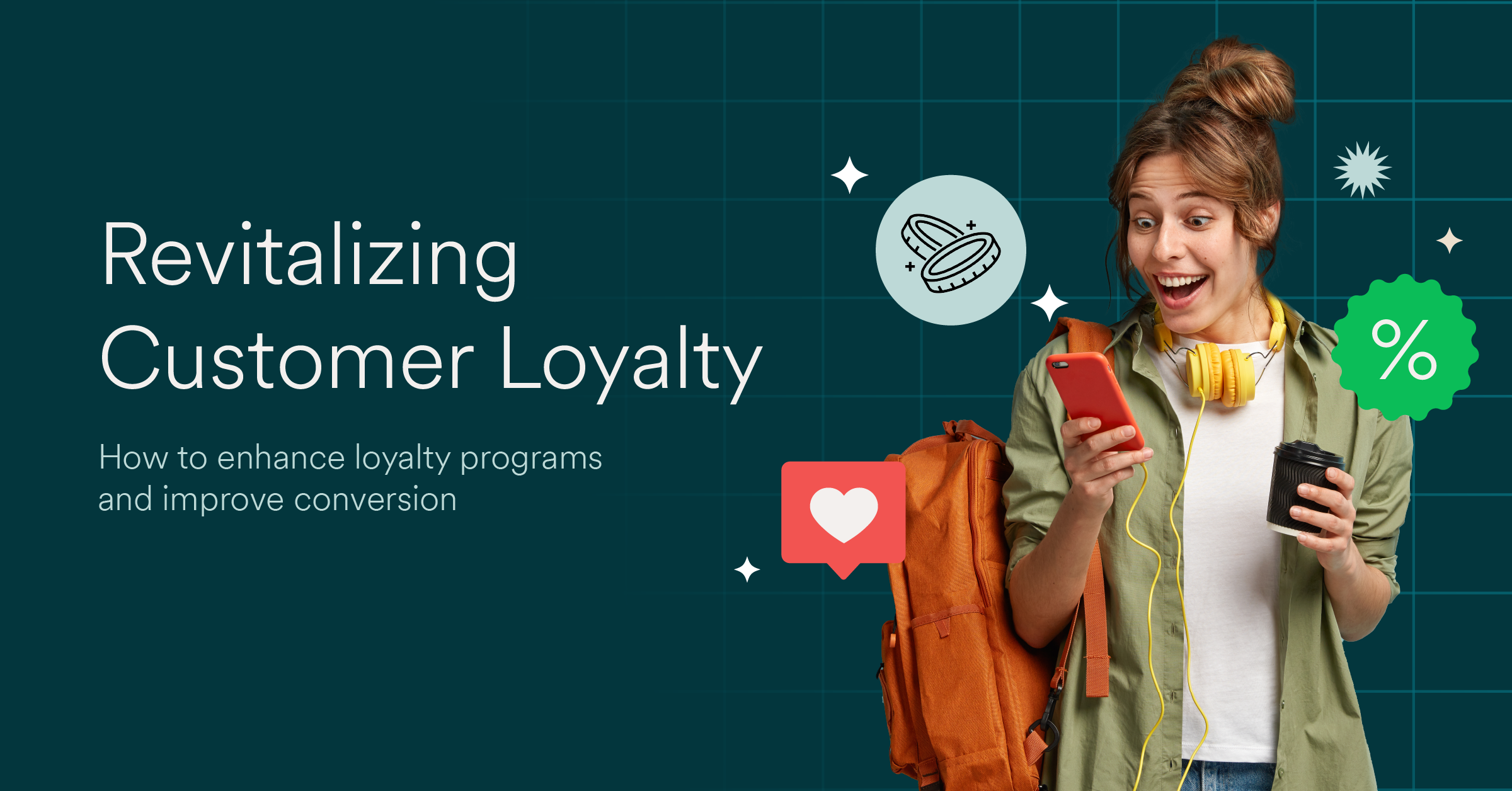
Have you ever found yourself gravitating toward a particular brand? Despite other options with a similar value proposition available in the market? Maybe even at a cheaper rate? Perhaps you visit a favorite coffee shop every morning or always choose a particular airline for your travels, even if it means paying a little extra. This is what customer loyalty looks like – a crucial aspect for every successful business thriving in a competitive market.
A loyal customer can bring much value to a business, not just in terms of repeat purchases, but also by becoming a brand ambassador and organically advocating and promoting the brand whenever they get an opportunity. Businesses encourage customer loyalty through loyalty programs, which have become increasingly popular in recent years. And now, with the advent of customer engagement platforms, these loyalty programs can be taken to the next level.
What is Customer Loyalty, and why should we care about it?
Customer loyalty refers to a customer’s tendency to repeatedly buy products or services from a particular brand. It results from a positive customer experience, where the customer is satisfied with the brand’s offerings, customer service, and overall experience.
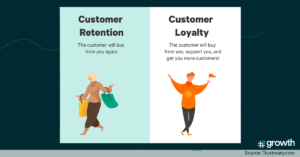
Customer loyalty can also be fostered through engagement platforms that provide valuable insights and analytics, in-app communication, omnichannel communication, and customer journey orchestration.
Why do We Need Customer Loyalty Programs?
Brands pursue customer loyalty for several reasons.
Firstly, acquiring new customers is more expensive than retaining existing ones. According to a study by Bain & Company, increasing customer retention rates by 5% can increase profits by 25% to 95%. Therefore, brands can save money by retaining their existing customers rather than spending heavily on acquiring new ones.
Secondly, loyal customers have a higher lifetime value (LTV) than non-loyal customers. LTV refers to the total revenue a customer generates for a brand over their lifetime of purchasing. Loyal customers are more likely to make repeat purchases, spend more money, and refer others to the business. This, in turn, results in companies improving their revenue and profitability over time.
Lastly, customer loyalty can positively impact a brand’s reputation and overall business through positive word-of-mouth promotion. Loyal customers are likelier to leave positive reviews and share their experiences on social media, creating awareness and driving higher traffic towards the brand.
Therefore, brands employ effective customer loyalty programs to engage with customers consistently and proactively. These programs should be exclusive, hyper-personal experiences that customers are unlikely to get elsewhere. For instance, a coffee-shop lover could receive customized merchandise from the store, offers/reward points at every purchase, or an exclusive membership card that provides discounts/exclusive access at outlets across the country or maybe even different geographies.
The aim of a customer loyalty program should be to reinforce the special status enjoyed by your customers that makes them come back for more. This will help build trust with their audience, improve LTVs, and drive long-term growth.
Strategies Brands can Employ in Loyalty Programs
Content-led marketing: Brands create engaging and informative content that speaks directly to their target audience. By providing value through informative blog posts, videos, or social media content, brands can establish themselves as experts in their field and build trust with their audience. This strategy is particularly effective for businesses that sell complex products or services.
HubSpot, a leading marketing and sales software company, effectively uses engaging content to build customer loyalty. Through their informative blog articles, guides, templates, and webinars, they position themselves as industry experts and provide valuable insights to their audience. This content-led strategy has helped HubSpot cultivate a loyal customer base that relies on its expertise and actively engages with its brand.
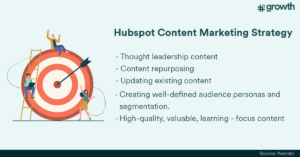
Discounts and offers: Brands offer discounts, coupons, and offers such as early access to incentivize customers to purchase. These deals can be timed to coincide with holidays or special occasions or offered as part of a loyalty program. By providing customers with a tangible benefit, brands can encourage repeat purchases and build customer loyalty.
Nike, a renowned sportswear brand, utilizes discounts and special offers to drive customer loyalty. They often run promotional campaigns during major sporting events or holidays, offering limited-time product discounts. Additionally, Nike operates a loyalty program called NikePlus, which provides exclusive access to special sales events, early product releases, and personalized offers. By offering discounts and exclusive perks, Nike encourages customers to remain loyal to their brand and make repeat purchases.
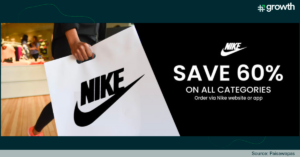
Personalization: Brands use data and technology to create personalized customer experiences. By understanding customer preferences, brands can provide customized product recommendations, personalized marketing messages, and targeted offers. This strategy helps brands stand out from competitors and builds customer loyalty.
Amazon utilizes data and technology to create personalized experiences for its customers. Amazon analyzes customer preferences by providing tailored product recommendations, personalized marketing messages, and targeted offers. This approach helps Amazon stand out from competitors and fosters customer loyalty.
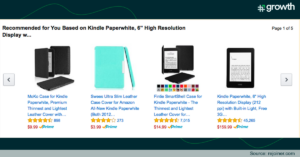
Improved Customer Service: Brands that provide excellent customer service by being responsive, empathetic, and helpful would win more customer hearts and loyalties. This strategy can turn unhappy customers into loyal ones and helps build positive word-of-mouth marketing.
Zappos, the online retailer, is renowned for its exceptional customer service. Their responsiveness, empathy, and helpfulness in resolving customer issues have turned dissatisfied customers into loyal advocates, fostering positive word-of-mouth marketing.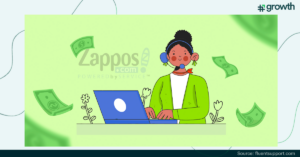
To identify the target audience for a loyalty program, brands should first understand their customers’ needs and behaviors. Brands can use customer data to identify their most loyal customers and create targeted offers or rewards that appeal to this group. Brands can also use customer surveys or focus groups to gather feedback and understand what customers want from a loyalty program.
Are Customer Loyalty Programs Expensive? Are they worth it?
The cost of running a customer loyalty program can vary depending on the program’s complexity and the rewards offered. Brands must consider the cost of creating the program, marketing the program, and fulfilling rewards. This could include the cost of the technology used to analyze customer purchases and points, the cost of rewards or incentives, and the cost of staffing necessary to run the program. Brands must also consider the program’s long-term impact on their bottom line and ensure it is financially sustainable.
However, the benefits of a successful customer loyalty program can outweigh the costs. A loyalty program can increase customer lifetime value, encourage repeat purchases, and create customer advocates who promote the brand to others. Additionally, a loyalty program can give brands valuable customer data that they can use to improve their offerings and create personalized experiences for their customers.
What are the drawbacks of a Customer Loyalty Program?
While loyalty programs can effectively build customer loyalty and increase revenue, they can also have drawbacks if not implemented properly.
Here are some potential drawbacks of customer loyalty programs:
Poorly Designed Rewards: If the rewards offered by the loyalty program do not appeal to customers or are difficult to redeem, customers may become frustrated and abandon the program. Brands must ensure that the rewards offered are relevant, attainable, and valuable to their target audience.
Complex program structure: Customers may become confused or frustrated and give up unless the loyalty program is simple enough to understand. Brands must ensure the program structure must have clear instructions for earning and redeeming rewards.
High costs: If the rewards offered by the loyalty program are too expensive, or if the cost of running the program is too high, it may not be financially sustainable over the long term. Brands must ensure that the program is economically feasible and that its benefits justify its running costs.
Lack of personalization: Customers may not feel valued or engaged if the loyalty program does not offer personalized experiences or rewards. Brands must use customer data to create personalized experiences and rewards relevant to each customer.
Over-reliance on the program: If the loyalty program becomes the sole focus of the brand’s customer engagement strategy, it may lead to a lack of focus on other essential aspects of the customer experience, such as product quality and customer service.
What does a successful Loyalty Program look like?
Successful customer loyalty programs are a powerful tool for brands to increase customer retention and drive sales. By offering exclusive rewards and incentives to loyal customers, brands can build strong relationships, benefit from increased revenue and positive word-of-mouth. Some brands have excelled in creating loyalty programs that are both engaging and effective, bringing back customers again and again.
Here are some examples of how these brands have leveraged their customer loyalty programs to their advantage.
Starbucks Rewards Program: Starbucks Rewards is one of the most successful loyalty programs globally, with over 20 million active members. The program allows customers to earn stars for every purchase they make, which can be redeemed for free food and beverages. Starbucks has done an excellent job of gamifying the rewards program, making it engaging and exciting for customers.
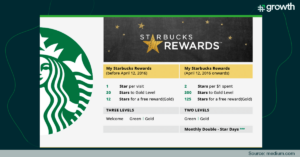
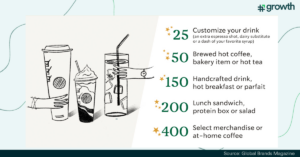
Sephora Beauty Insider Program: Sephora’s Beauty Insider Program is another successful loyalty program that has helped the brand grow and retain its customer base. The program offers customers points for every dollar spent, which can be redeemed for free products, exclusive experiences, and discounts. Sephora also offers tiered membership, with additional benefits such as free shipping, early access to products, and personalized beauty advice.
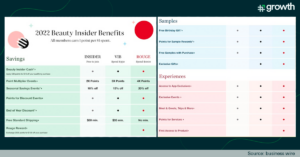
Amazon Prime Membership: Amazon Prime is a loyalty program that offers free shipping, streaming services, and exclusive deals and discounts. Amazon has done an excellent job integrating multiple services into the Prime membership. Prime members tend to shop more frequently on Amazon, making it a successful loyalty program for the brand.
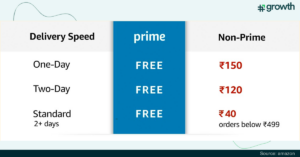
Benefits of Effective Customer Loyalty Programs
Several data points showcase how successful customer loyalty programs have helped brands improve their revenue and grow their business. Here’s how:
Increased customer retention rates: According to a study by Bond Brand Loyalty, customers enrolled in a loyalty program are 70% more likely to continue shopping with the brand. This increase in customer retention rates can significantly impact a brand’s revenue, as retention is more cost-effective than acquisition.
Higher customer lifetime value (LTV): A study by Forbes found that customers enrolled in a loyalty program tend to spend 12-18% more than non-loyalty members. This increase in spending translates to a higher customer LTV, meaning more revenue for the brand over the long term.
Improved customer engagement: A successful loyalty program can increase engagement with a brand’s products and services. According to a report by Accenture, 64% of customers say their loyalty to a brand is driven by shared values. A good loyalty program aligns with a brand’s values and offers personalized experiences. This, in turn, entices customers to engage and stay loyal with the brand over time.
Enhanced word-of-mouth marketing: Customers enrolled in a loyalty program tend to become brand advocates, recommending the brand to friends and family. According to a study by Nielsen, 92% of consumers trust recommendations from friends and family over other forms of advertising. By leveraging the power of customer loyalty, brands can tap into this word-of-mouth marketing and drive increased revenue.
Conclusion
To sum it up, customer loyalty is a critical factor in a brand’s success. Implementing a successful loyalty program can significantly impact its growth. By prioritizing customer satisfaction and offering personalized experiences, brands can cultivate long-term relationships and increase customer lifetime value. Consistent engagement and offering value are crucial to building customer loyalty and enhancing a brand’s reputation. However, it’s essential to avoid poorly designed rewards and complex program structures to ensure a sustainable loyalty program.
Building customer loyalty requires a thoughtful, data-driven approach. It should focus on creating meaningful connections with customers and providing them with exceptional experiences. With these tips, brands can create an effective loyalty program that drives long-term growth and success.